10 Tech Trends That Will Shape 2025
Technology is advancing at an unprecedented pace, transforming industries and daily life across the globe. As we approach 2025, understanding these emerging innovations is crucial for individuals and organizations seeking to stay ahead. The coming year promises influential shifts in artificial intelligence, connectivity, and more—each poised to redefine what’s possible.
This overview highlights the most significant technological movements set to make an impact. Stay informed and prepared by exploring trusted sources like the World Economic Forum and McKinsey Technology Trends Outlook.
1. Generative AI Integration
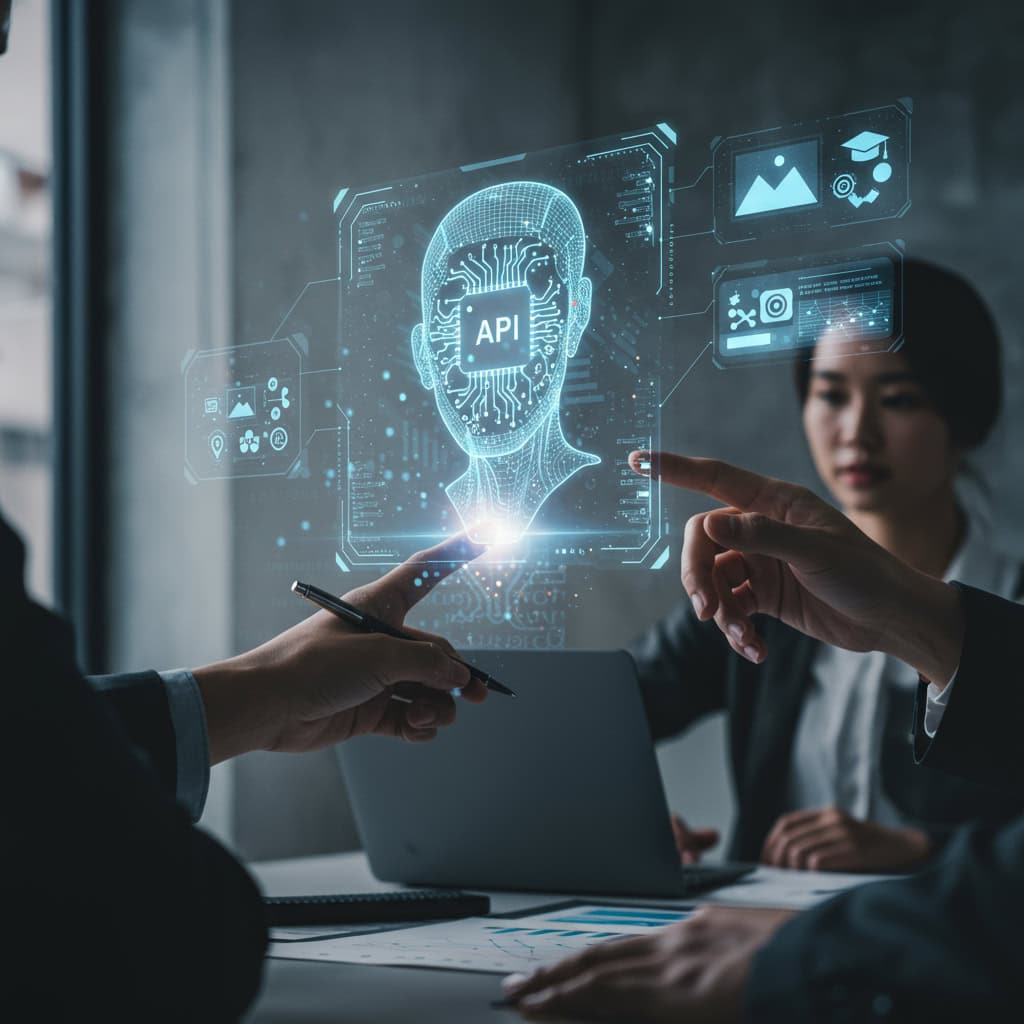
Generative AI, exemplified by tools like ChatGPT and advanced image generators, is moving from novelty to essential technology in business, education, and the creative sectors. Organizations are embedding generative AI into their platforms to streamline workflows, boost productivity, and unlock new forms of content creation.
This mainstream adoption is reshaping traditional processes and sparking important conversations about bias, intellectual property, and responsible use. Leading companies such as Microsoft and Google are at the forefront, integrating these models across their services. Explore more insights in The New York Times’ AI trends report.
2. Quantum Computing Milestones
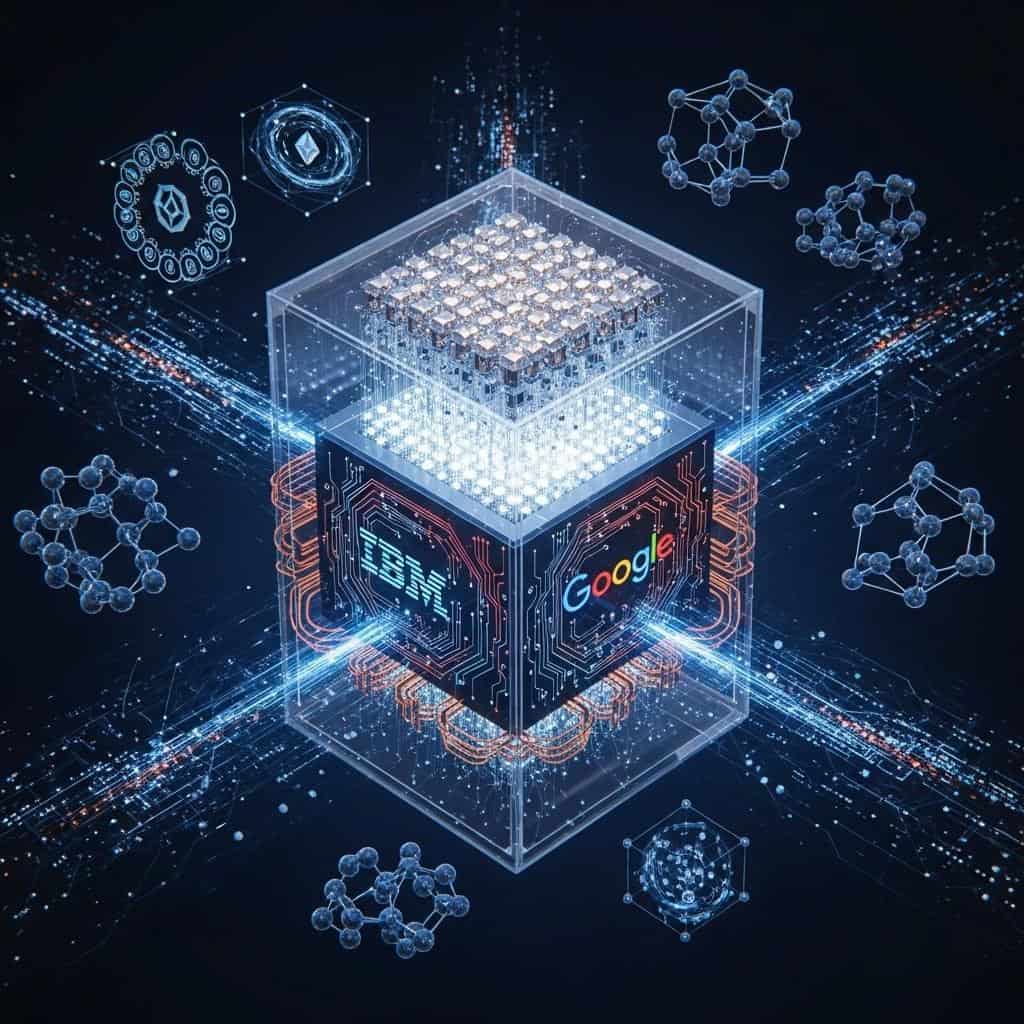
Quantum computing is rapidly advancing, with industry leaders like IBM and Google reaching significant technical milestones. Unlike classical computers that process bits as 0s or 1s, quantum computers use qubits, enabling vastly greater computational power for certain tasks.
This leap in capability is set to transform areas such as cryptography, materials science, and drug discovery, allowing previously impossible calculations and simulations. As quantum hardware becomes more stable and scalable, its practical applications edge closer to reality. For an in-depth overview, visit Nature’s quantum computing coverage.
3. Edge Computing Expansion

Edge computing is transforming data processing by moving computation closer to users and devices, rather than relying solely on centralized cloud servers. This shift greatly reduces latency, enabling immediate responses essential for autonomous vehicles, Internet of Things (IoT) devices, and the development of smart cities.
Unlike traditional cloud computing, edge computing ensures that critical data is processed in real-time, which is vital for safety and efficiency. As adoption increases, industries benefit from enhanced performance and reliability. Learn more about this growing trend in Forbes’ exploration of edge computing.
4. Sustainable Tech Solutions

Innovations focused on sustainability are transforming the tech landscape, aiming to reduce environmental impact and carbon emissions. Companies are investing in energy-efficient data centers, utilizing advanced cooling techniques and renewable energy sources to power operations. Eco-friendly hardware design, recyclable materials, and modular components are becoming more prevalent.
Green cloud computing leverages intelligent resource allocation and renewable-powered networks to further minimize carbon footprints. These efforts not only align with global climate goals but also drive cost savings and corporate responsibility. Discover more about these advancements at the World Economic Forum’s sustainable technology trends.
5. Next-Gen Connectivity (6G)

The emergence of 6G wireless technology promises to far exceed the capabilities of 5G, offering ultra-fast speeds, near-instantaneous communication, and the capacity to connect billions of devices simultaneously. Researchers and industry leaders are exploring how 6G will support immersive applications such as holographic calls, real-time virtual reality, and expansive smart city infrastructure.
In healthcare, 6G’s ultra-low latency could enable remote surgeries and real-time patient monitoring. As development accelerates, 6G is set to redefine digital experiences and connectivity. For deeper insights, visit CNBC’s overview of 6G.
6. Cybersecurity Automation
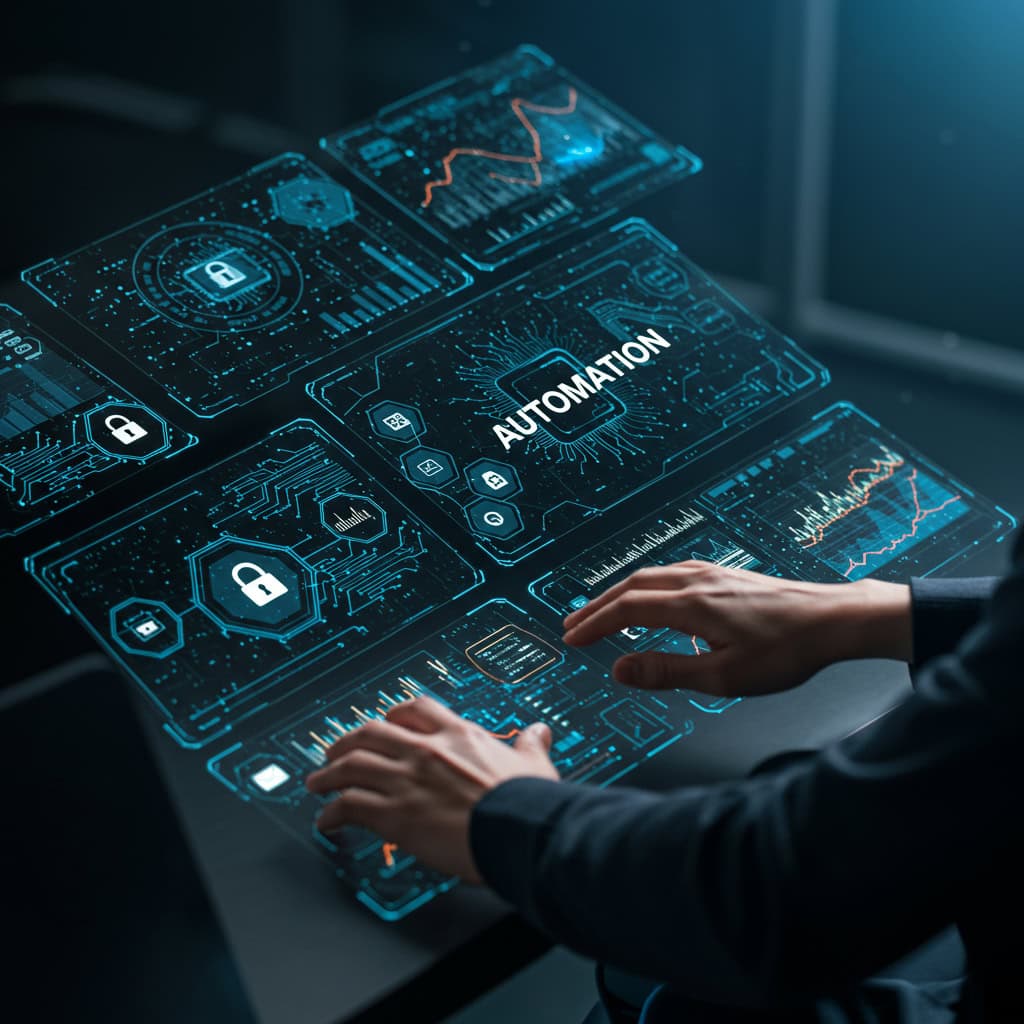
Automated cybersecurity tools, increasingly powered by artificial intelligence, are transforming how organizations defend against digital threats. These advanced solutions proactively monitor networks, detect suspicious behavior, and respond to incidents with minimal human intervention.
This evolution marks a shift from traditional, reactive approaches to predictive and adaptive defense strategies, enabling faster threat identification and mitigation. Businesses benefit from reduced risk, streamlined operations, and improved compliance. As cyberattacks grow in sophistication, automation becomes essential for robust protection. Discover more about the impact of AI in security at ZDNet’s report on AI in cybersecurity.
7. Immersive Reality (AR/VR/XR)

The immersive reality landscape is rapidly evolving, driven by lighter, more comfortable headsets and a surge of creative applications. Augmented reality (AR) overlays digital information onto the real world, while virtual reality (VR) offers fully digital environments. Extended reality (XR) combines both, enabling seamless transitions between worlds.
Platforms like Meta Quest and the Apple Vision Pro are pushing boundaries in training simulations, interactive entertainment, and retail experiences, making immersive technologies increasingly accessible and practical for consumers and businesses alike.
8. Autonomous Systems Proliferation
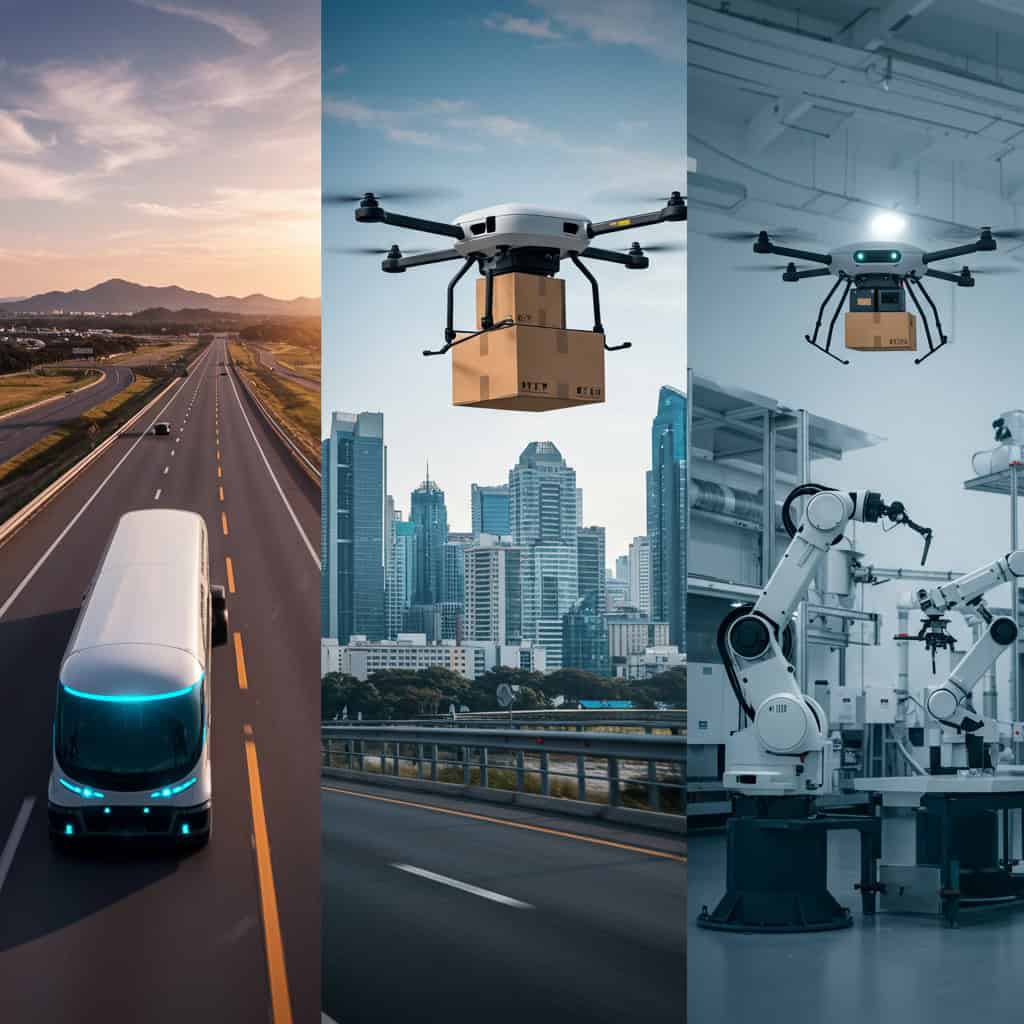
Autonomous systems are becoming increasingly prevalent across industries such as transportation, manufacturing, and logistics. Self-driving trucks are streamlining long-haul routes, drones are enabling rapid deliveries, and smart factories are optimizing production with minimal human intervention.
Compared to traditional, human-operated processes, autonomous solutions offer improved efficiency, cost savings, and enhanced safety. The shift toward automation is reshaping supply chains and operational models worldwide, unlocking new opportunities for businesses. To learn more about how autonomy is transforming industries, explore McKinsey’s analysis on autonomous systems.
9. Personalized Health Tech
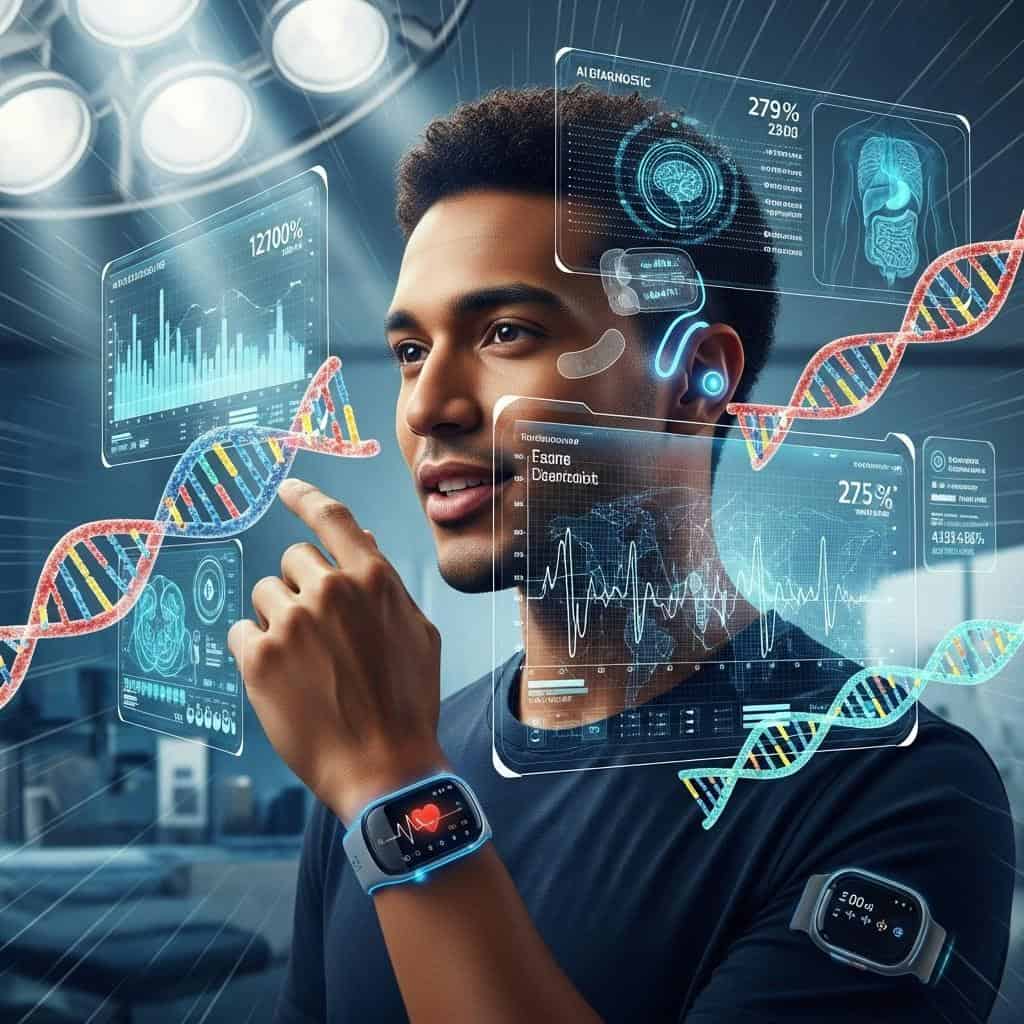
Personalized health technology is revolutionizing medicine by leveraging wearable devices, AI-driven diagnostics, and genomic data analysis. Wearables now provide real-time monitoring of vital signs, alerting users and healthcare providers to abnormal patterns instantly.
Advances in artificial intelligence allow for faster, more accurate diagnoses and the development of treatment plans tailored to an individual’s genetic makeup and health history. These breakthroughs are making medicine more proactive, predictive, and effective. For an in-depth look at these innovations, visit Nature’s report on personalized health tech.
10. Blockchain Beyond Crypto
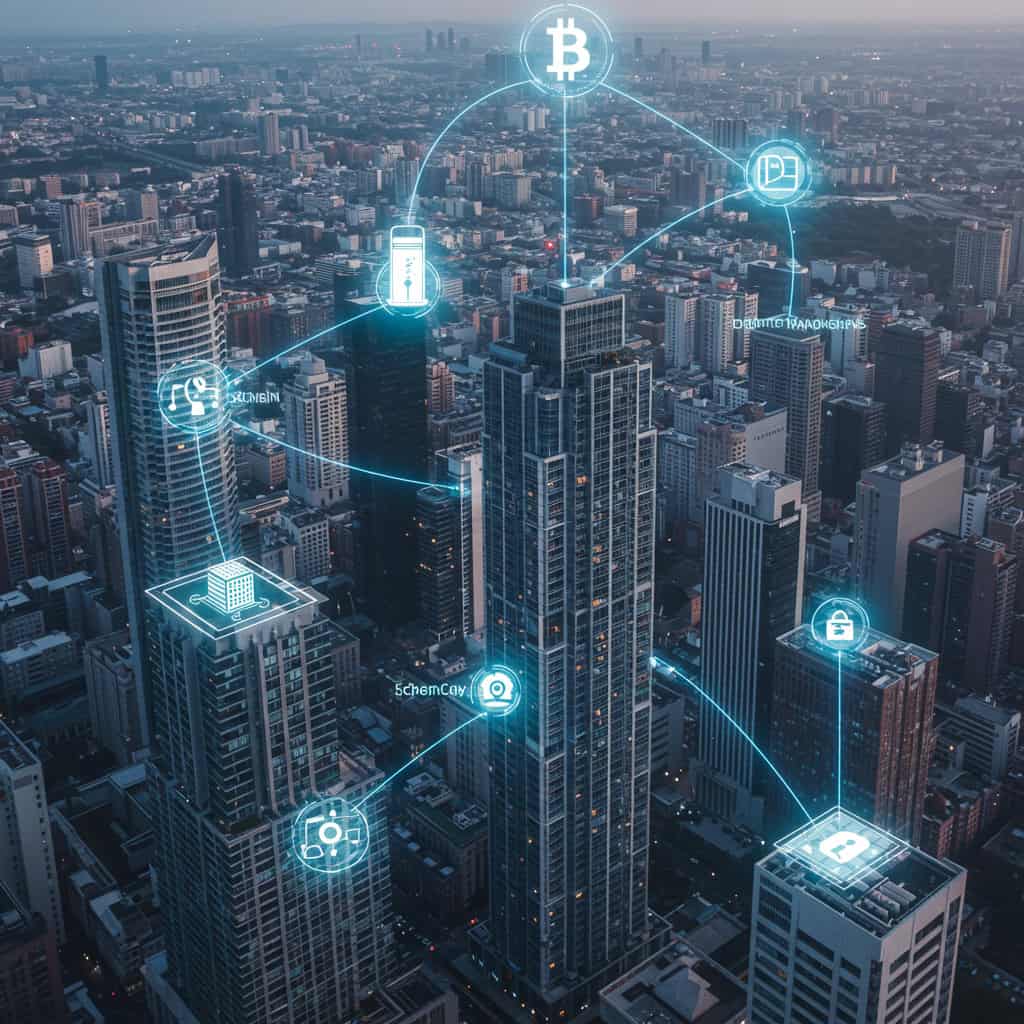
Blockchain technology is expanding far beyond its origins in cryptocurrency, increasingly powering solutions for supply chain transparency, digital identity management, and secure voting systems. Real-world implementations include tracking goods from origin to consumer to ensure authenticity, as well as facilitating tamper-proof digital IDs and transparent electoral processes.
These applications enhance trust, security, and efficiency across various sectors. As blockchain matures, its decentralized and immutable nature promises even broader use cases in the years ahead. For more on blockchain’s transformative potential, see IBM’s blockchain overview.






